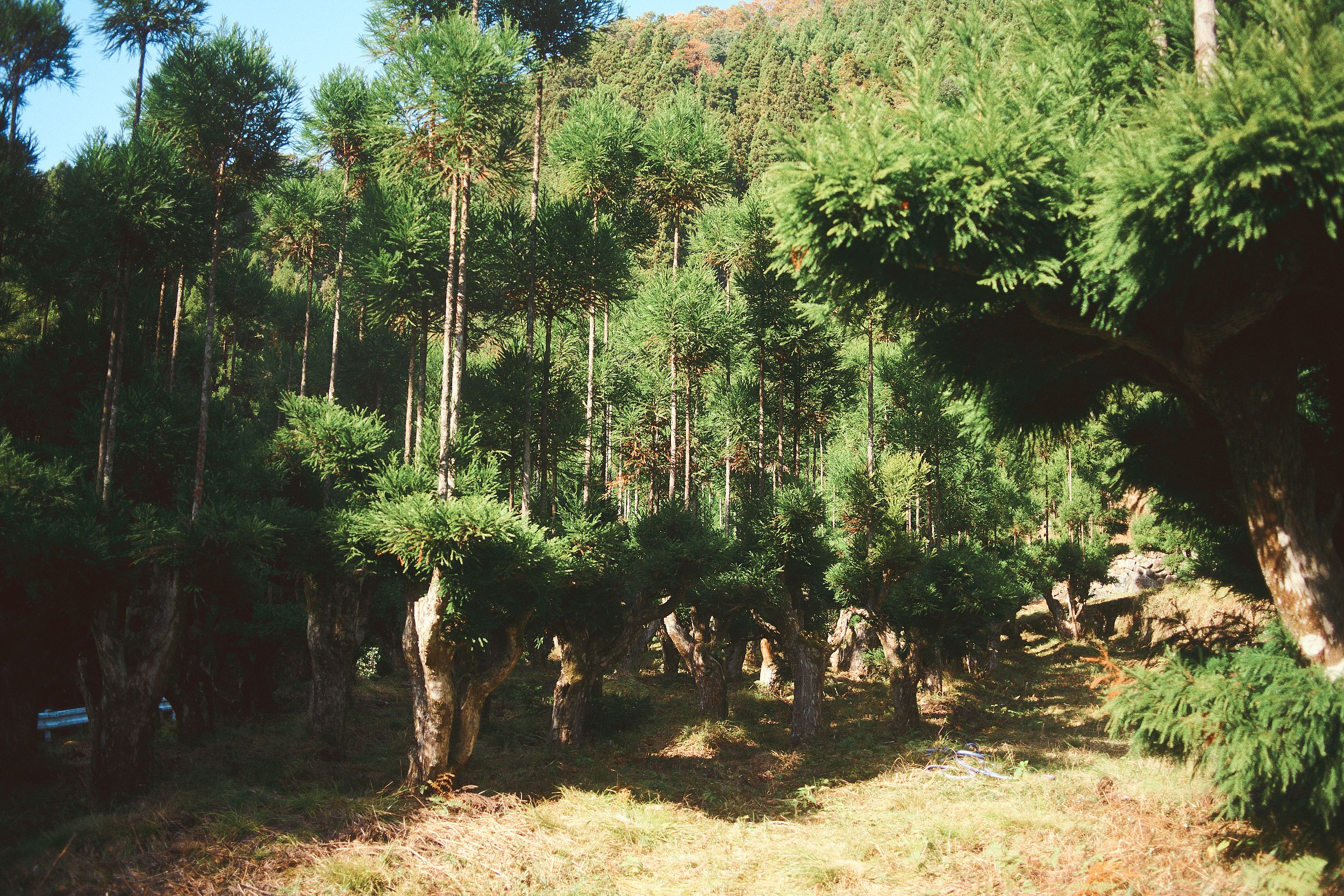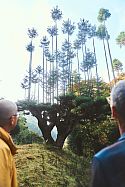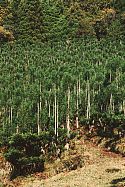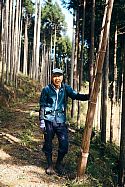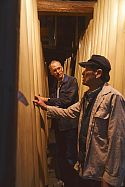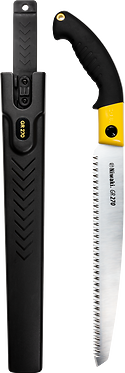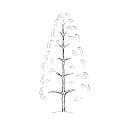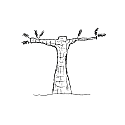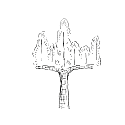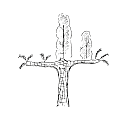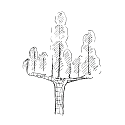Daisugi cultivation in Kitayama
In case you didn’t know, Jake likes trees. In particular, Cryptomeria japonica – also known as Sugi – a fast-growing, evergreen conifer native to Japan. A self-professed obsessive, Jake spends a lot of time thinking, doodling, writing, and talking about these tall beings. He’s even growing a few here in Dorset. He returned to Kitayama to explore their history and meet the people who grow them, and it’s all written up in the Niwaki Field Report No.1.
If you’ve been to Japan, you’ve almost certainly seen a Sugi (even if you didn’t realise it), because, simply put, they’re everywhere – just over 8% of Japan’s land area to be exact. But in Nakagawakitayamacho (helpfully translated as ‘the town in the middle of the river in the north of the mountains’), they’ve been carefully cultivated for timber since the 15th century.
The mountainous landscape is far too steep for farming, but the local people harnessed Sugi’s natural ability to regenerate; carefully pruning and training the trunks to grow straight and knot-free (ideal for traditional Japanese interiors). One particular method – known as Daisugi – takes things a step further. Like something from a prehistoric world, slender young trunks grow out of a moss and lichen covered base, striking a strange but satisfying balance between nature and human craft.
Guided by local expert Hiroshi Sumiyama, Jake explored the village, starting at the shrine, where he met a towering sacred Sugi, before heading to the mountain side, covered with thousands of strictly regimented trees. There was even time for a quick demonstration of traditional pruning methods – think vertical ladders, sickles, and Tarzan-style acrobatics.
Such skills have been passed down for decades, but sadly, like much of rural Japan, this way of life is under threat. Younger generations are leaving for the city, and the demand for timber has diminished since Japan’s economic heyday. Many of the foresters, now men in their seventies, are carrying on the craft, evident in the few remaining workshops where Jake learnt about the peeling, washing, drying, and seasoning process that takes place before the timbers used for construction.
Read the full story in the Niwaki Field Report No.1
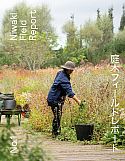
Niwaki Field Report No.1: not just Daisugi … 108 pages of Great Dixter, Tokachi Millennium Forest, Dan Pearson and more
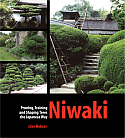
Niwaki by Jake Hobson: everything you wanted to know but a) you don’t speak Japanese and b) you don’t know anyone like Jake
Fancy growing your own Daisugi?
Here are a few tips from Jake’s book “Niwaki”. Luckily, you don’t need centuries – just a bit of patience and the right tree.
